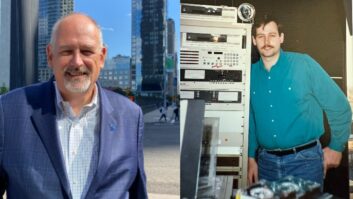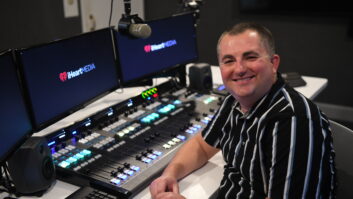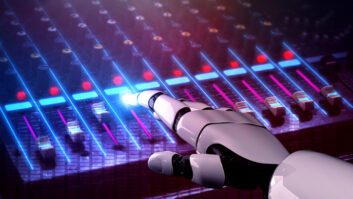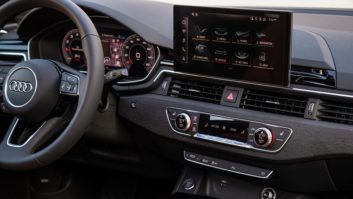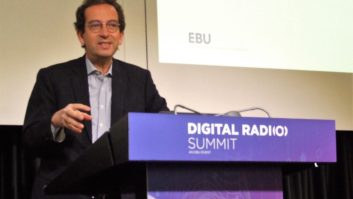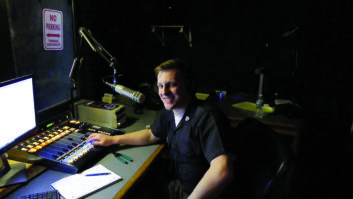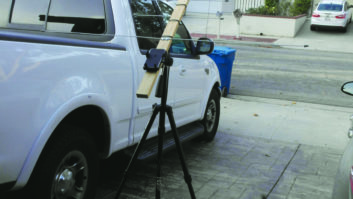Every year in February the European Broadcasting Union’s Digital Radio Week brings together key players from the radio community to share ideas, experiences, questions, lessons learned and inspiration.
The 2019 edition, taking place this week at the EBU headquarters in Geneva, is hosting a number of events, including Radio Hack, the Automotive Workshop and the Digital Radio Summit, together with thematic workshops, such as the Radio Archive Workshop, dedicated to archivists, technologists and content creators.
CONVERGENCE POINT
The Automotive Workshop focused on how today’s in-car multimedia entertainment systems feature unprecedented engagement capabilities, and highlighted how IP-based content distribution platforms like Spotify and Pandora are taking full advantage of the efforts (and money) that car manufacturers are investing.
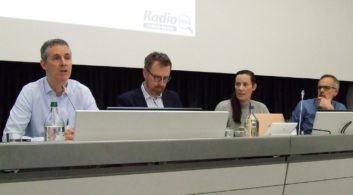
Logos, song titles, updated info and news on the performing artist and cover art is now available as standard through these listening platforms, enhancing the overall listening experience.
In this context, today’s broadcast radio receiver appears to offer a notably scaled-down experience. There has been ongoing debate on this between car manufacturers and broadcasters, and the discussion continued during this workshop.
In an effort to offer an improved on-board media experience for drivers and passengers, car manufacturers have been asking broadcasters to include (or link) metadata and visual objects in their feeds.
While broadcasters generally see this as a great opportunity to build a better in-car experience, they are worried about the costs associated with IP or in-band delivery of show-related images and the publication of cover art. In addition, today’s radio workflows seem unfit for this mass-production or management of additional images and data, which require, for example, regular updates of program logos and promotional images.
[Read: WorldDAB Releases Updated UX Design Guidelines]
For many years the radio industry has been discussing the possibility of enriching the audio feed either technically or creatively but the conversation up to now often resulted in focusing on the drawbacks, which include the need for broadcasters to fund these efforts. Each time therefore, the process has come to a freezing point with no or little outcome.
During this workshop, participants suggested a way to potentially overcome this issue, based on the assumption that companies sponsoring radio programs should generally like the idea of integrating their logo into a show-related picture appearing on car dashboards.
Thus, instead of trying to convince broadcasters to enrich their audio feed through a straight, direct approach, the radio industry would target radio advertisers, promoting the opportunity to easily sponsor radio shows by integrating their logo within a show-related picture that appears on car dashboards.
This approach, say proponents, would “force” broadcasters to produce feature-rich and appealing visual content to be updated and synchronized with their audio feeds in order to meet advertiser demand. Radio marketing professionals could also promote this opportunity by offering their advertisers the availability of detailed audience metrics through the return channel of hybrid in-car radio to sponsors.
The result, said participants, would be that advertisers and commercial colleagues lead the way, thus encouraging broadcasters to finally fully embrace the multimedia approach.
